By Rabbi Yair Hoffman for 5tjt.com
It is sort of a repeat of the Greek move that instigated the background to Chanukah.
Yesterday, the UN General Assembly voted on something called “The Jerusalem Resolution.” There was a section that dealt with the Temple Mount. The results of the vote were 129-11.
The resolution, however, makes no reference to the term, “Temple Mount.” It only references Haram al‑Sharif. The previous term used in earlier forms of the resolution, “Haram al‑Sharif/Temple Mount.”
The US delegate, Richard W. Erdman protested the new terminology and responded with the following words, “It is morally, historically and politically wrong for the Assembly to support language that denies both the Jewish and Muslim connections to the Temple Mount and Haram al‑Sharif.”
The connection of the holiest site in Judaism to Jews and to Judaism was severed.
But what if the “Jerusalem Resolution” were to have also voted on, say, reprinting the Christian Bible? Would the member nations of the United Nations who voted have applied the same standards of yesterday’s vote to the reprinting of the Christian bible?
“In this printing, there shall be reference no to the Temple. All references shall be only to the Haram al-Sharif.”
In other words, all references to the holy place in Jerusalem shall refer to it solely by how the Muslims refer to it. Thus, following the angle of yesterday’s UN vote, the Christian bible would have verses:
- J was brought to the Haram al Sharif on the eighth day of his life, to be circumcised and dedicated to the L-rd.
- He was taken to the Haram al Sharif as a boy for great feasts like Passover and we find him there at the age of 12, conversing with the great teachers of the Law.
- J appeared in the Haram al Sharif early in his public life — right after..the wedding wine of Cana.
There are 2.3 billion Christians in the world – more so than any other religion. Would such a bible not be a major affront to the beliefs of 2.3 billion Christians? What is the difference between applying yesterday’s criterion about “the Jerusalem Resolution” and applying it to a reprinting of the Christian bible?
The member nations of the United Nations must know that the Temple Mount has been holy to the Jewish people since the dawn of history and before. Where was the binding of Isaac? It was on Har haMoriah, in Jerusalem, the place that G-d shall choose (See Dvarim 12:5).
Maimonides tells us (Hilchos Beis HaBechirah 6:14) that the sanctification that was made in Israel’s First Commonweath still stands and will stand for all time.
He writes, “the sanctity of the [area of the] Mikdash and of Jerusalem emanates from the Shechina (Divine Presence) and the Shechina can never be annulled.”
** There is a Yesoma who, boruch Hashem, just got engaged. If anyone would like to assist in making her chasuna please donate here or contact the author.**
Part of the bible is the book of Esther. It is, in fact, from this book that we read each year in the month of Adar, on a day that we were saved from destruction. Throughout the world, this book is read by Jews on the 14th of the month. But in walled cities – the book is read on the 15th of the month. In Jerusalem it is also read on the 15th of the month. What is fascinating is that this is not just in the parts of Jerusalem that were around in Jerusalem of old. It is the custom to read it on the 15th even in modern, contemporary Jerusalem.
There were open miracles in the battle called the Six Day War where enemy forces threatened to annihilate Israel and its people. A bomb landed on the Mirrer Yeshiva in Jerusalem. Miraculously, it did not detonate. And of course, we got the Kosel back.
In Az Yashir we read the reaction of the nations in the aftermath of the exodus from Egypt: “Then the chieftains of Edom were startled; as for the powerful men of Moab, trembling seized them.”
Rabbi Chaim Shmulevitz, zt’l, notes that this verse seems to be revealing some great chiddush or insight. Yet, is it not obvious that when faced with open miracles people are startled and tremble? (Hagaddah of the Roshei Yeshiva of Mir, p. 226)
Rabbi Chaim Shmulevitz answers that it is not so obvious. It is the nature of people not to change themselves even after seeing open miracles. “This explains why people around us now are not changing after seeing the open miracles of the Six Day War,” adds Rav Shmulevitz. This shmuess was delivered in June, 1967 in the Mirrer Yeshiva in Jerusalem, after the Mir experienced an open miracle when a bomb that crashed through the ceiling did not explode.
Reb Dan Waldman, who fought in 1967, recollects the following:
“We had 200 planes. They had three entire air forces. Rabim b’yad me’atim — we had 2.5 million Jews; they had four entire nations. There were numerous miracles.
“There was no feeling like it in the world. I remember soldiers saying that they will not liberate Jerusalem from Shaar HaAshpa [Dung Gate]; they went in through the Lions’ Gate. Everyone realized that these were open miracles — chareidim in Bnei Brak and even the most secular people.”
“G-d won us this war not in six days but in six hours. There were such miracles. The Jordanians knew that our planes were bombing those of the Egyptians. They sent a message to Egypt. G-d made it that they changed the codes the previous day and did not inform the Jordanians. This was the hand of G-d. The complete destruction of the Egyptian Air Force in hours. This was the hand of G-d.”
The Temple Mount is the holiest place on earth where G-d’s Divine Presence was and is still most concentrated. The Kosel is the last remaining wall that surrounds Har HaBayis, the Temple mount and is called the “Wailing Wall” because Jews have gathered before it to cry over the loss of the Temple, the Beis HaMikdash.
RELEVANT TODAY
Notwithstanding the wording of the vote, the Kosel and the Temple Mount are certainly relevant to Jews and Judaism today as ever. Firstly, let us note the significance of the Bais HaMikdash and its ever-relevant enormity in our own times as well. There is a verse in Ovadiah (1:17) that states, “And on the Mountain of Zion shall be the salvation.” The Emek HaMelech (14:134) writes that this verse teaches us that the prayers of the righteous and great people of Jerusalem at the Western Wall are what saves the world. He writes that their tears and supplications keep the world intact, and were it not for their prayers at this most holy of places the world would be destroyed.
** There is a Yesoma who, boruch Hashem, just got engaged. If anyone would like to assist in making her chasuna please donate here or contact the author.**
PRESENCE OF SHECHINA
The Midrash tells us (Shmos Rabbah 2:2) that the Shechina, the Divine Presence, has not budged from the Western Wall. The presence of the Shechina, according to the Alshich (VaYikra 25:29), is the surety the promise, that G-d will ultimately redeem us.
SIGN OF HOPE
These two sources indicate to us a positive, hopeful aspect of the Makom HaMikdash, in our times. It is a place of enormous Kedusha – holiness, and one which brings current salvation to the world now, and the hope and promise of the ultimate future redemption of the Jewish people. This is remarkably inspiring and uplifting.
SADNESS AND PAIN
Yet at the same time, the destruction of the Bais HaMikdash evokes deep feelings of sadness and pain. We rip Kriyah when we see it. It is not just a regular Kriyah but the more serious one that occurs near the heart itself. When we rip Kriyah, the ripping should never be repaired completely.
The destruction should move us. Indeed, the Mishna Brurah (561:4) writes that on the day that a person first sees Jerusalem in its state of disrepair it is proper and appropriate for that person to refrain from eating meat and drinking wine.
OBLIGATION TO MAINTAIN SANCTITY
The fact that we do have sovereignty over the Temple Mount and its regions obligates us in maintaining its sanctity. Technically, gentiles should not be allowed to enter the inner section of the Temple Mount – from the “Chayil” and further in (See Mishna Keilim 1:8 and Tzitz Eliezer 10:1:10 for the contemporary application). Indeed, in 1871, Charles Clermont Ganneau, a French archaeologist and diplomat, found a stone with an inscription in Greek which forbade entry to all gentiles past that point. Thus a travel agent should not promote a tour to Israel for gentiles who will ascend to the inner section of the Temple Mount. Indeed, it is even forbidden for a videography editor to request a gentile to film sections of the Temple Mount because he will stay there longer on account of the request.
WHEN PRAYING THERE
It is important to note that when dealing with the Bais HaMikdash and davening at the Kosel, our focus must on HaKadosh Boruch Hu and not on the physical aspect of the Kosel itself. Indeed, a fascinating point, recently confirmed by Rav Chaim Kanievsky, is that when davening at the Kosel one should not face completely toward the Kosel. Rather, one should face left toward the Kodash HaKadoshim.
IS THERE A MITZVAH TO GO THESE DAYS?
Another question arises. Does there exists a Mitzvah to go to Eretz Yisroel during the Shalosh Regalim even in its current state of destruction?
The Rambam in Hilchos Chagiga (1:1) states that there is no Mitzvah because the obligation is only to bring a Korban Chagigah and Olah and to appear in the Temple. The opinion of the Tashbatz (Responsa III # 201), however, at least according to the way most achronim understand him, is that there is indeed a Mitzvah of Aliyah l’regel, even nowadays when there is no extant Beis HaMikdash.
This is also the view of the Sdei Chemed, the Chasam Sopher (Yevamos 44a), and the Aruch LaNer. The RaN in Taanis (first Mishna) also writes this.
Rav Elyashiv zatzal was careful to observe this Mitzvah and go to the Kosel every Yom Tov. When he got older and could no longer make the walk he would do so during the latter days of the Yom Tov – the 7 days of Tashlumim.
The fact that we currently have access to the Kosel, thus has remarkable relevance, as we can now fulfill this Mitzvah of the Tashbatz.
The ideal method of performing the Mitzvah, however, is on the first day of the Yom Tov as Rav Elyashiv had observed it. This can be seen from the words of the Rambam in Chagiga 1:1. So, whoever is in Jerusalem and can make the walk to the Kosel on the first day of the Yom Tov should definitely do so. In non-corona times, if one can afford to go to Eretz Yisroel for Yom Tov from Chutz LaAretz, then one should do so as well.
CONCLUSION
The UN General Assembly resolution was an affront to Jews and Christians alike. But let’s not be discouraged. On these days of Chanukah, let us hope and pray that the merits of our observing the lights of Chanukah will help lead to the rebuilding of the Beis Hamikdash bimheirah beyameinu. Amain.
** There is a Yesoma who, boruch Hashem, just got engaged. If anyone would like to assist in making her chasuna please donate here or contact the author.**
The author can be reached at [email protected]


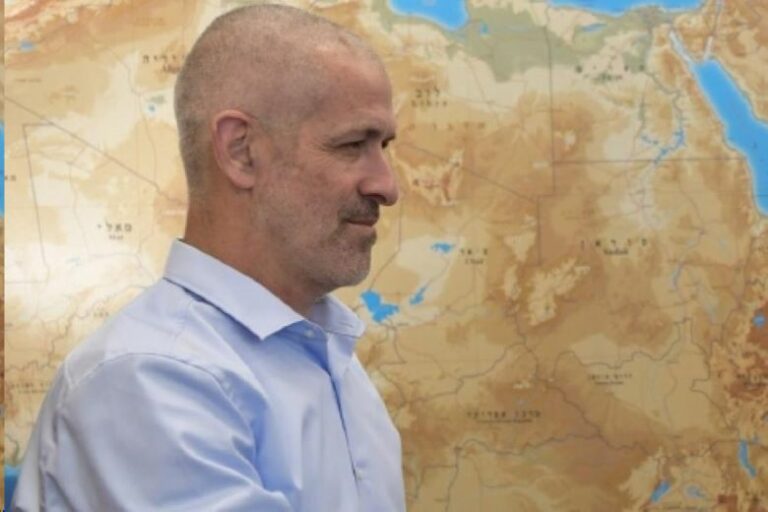


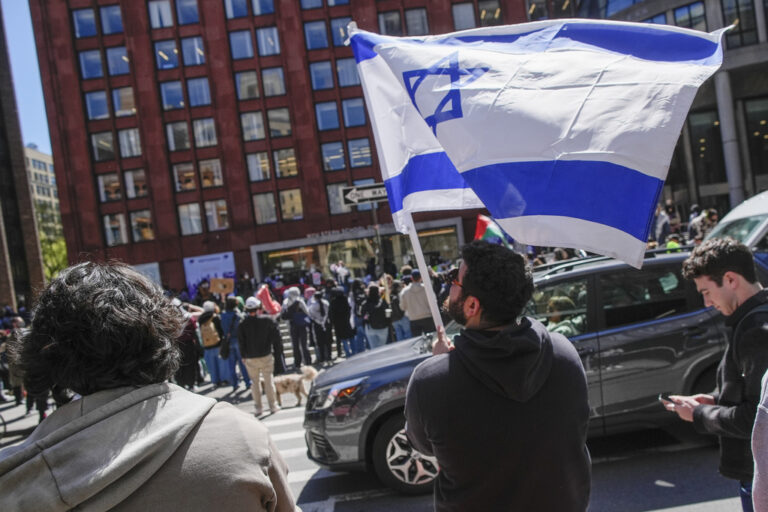
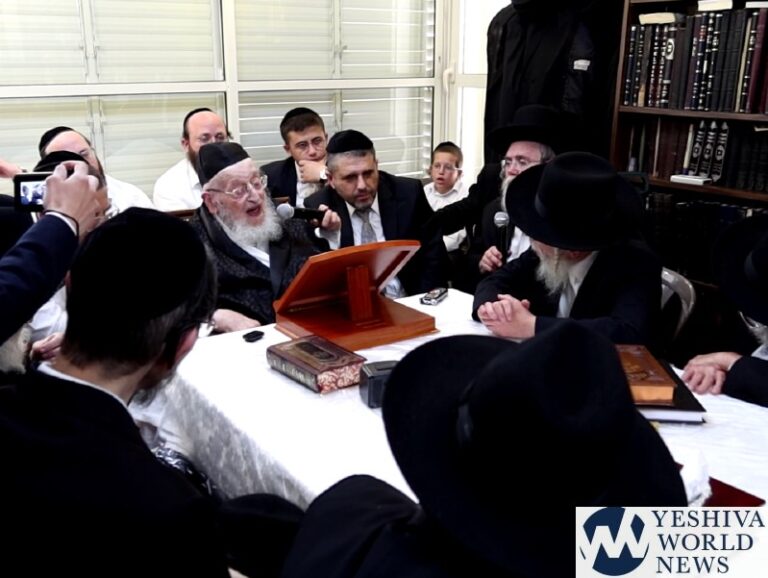
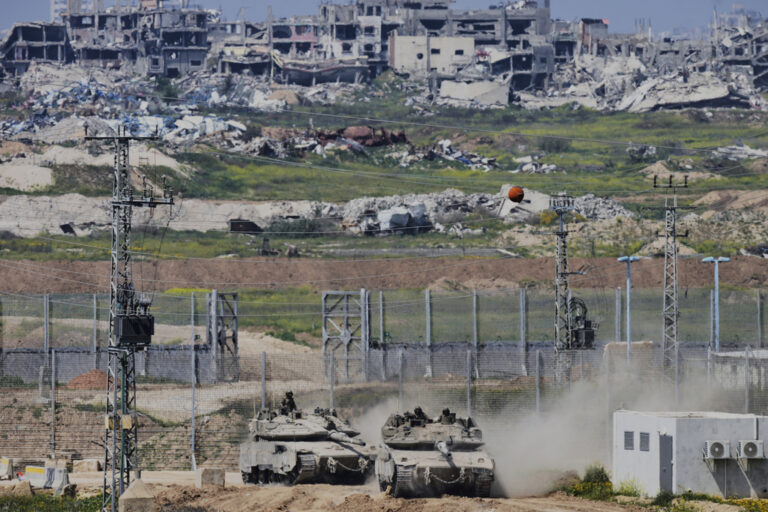
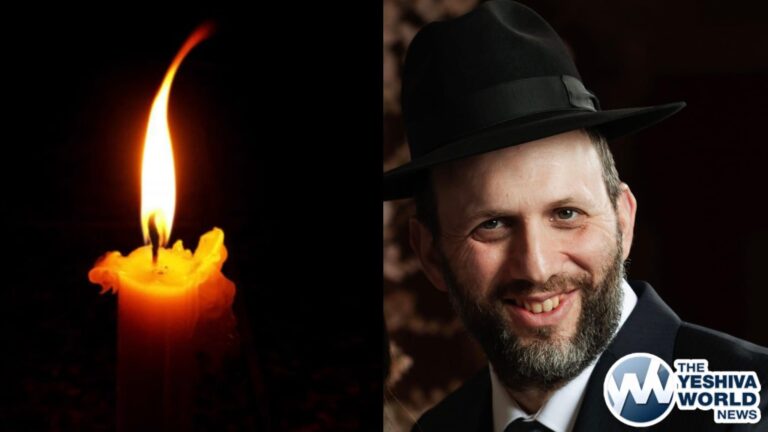
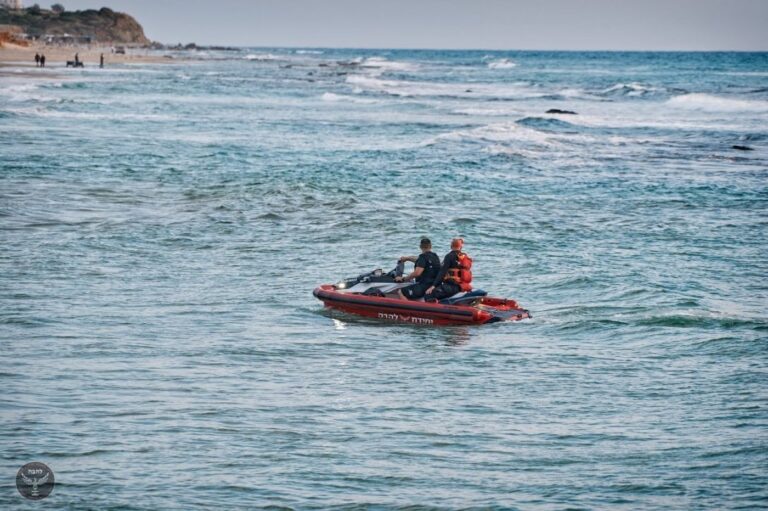
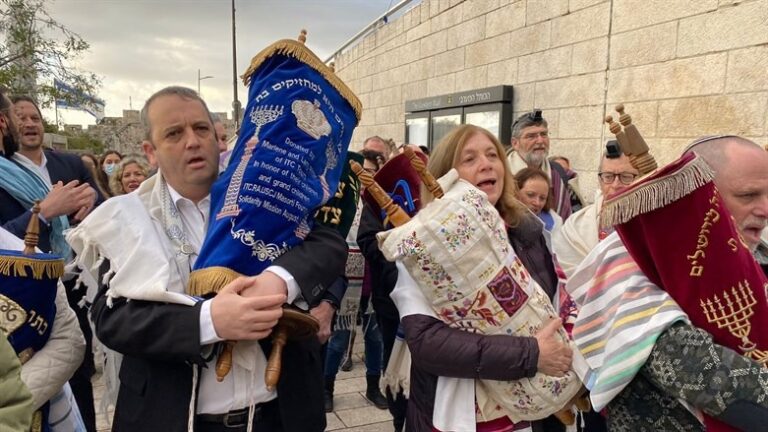

One Response
This is great news. The more they lie, the less they are taken seriously.